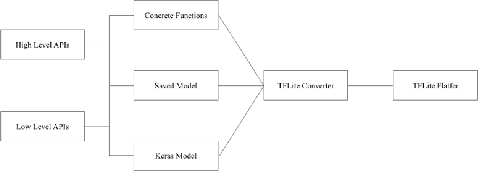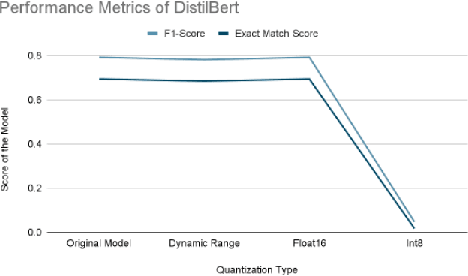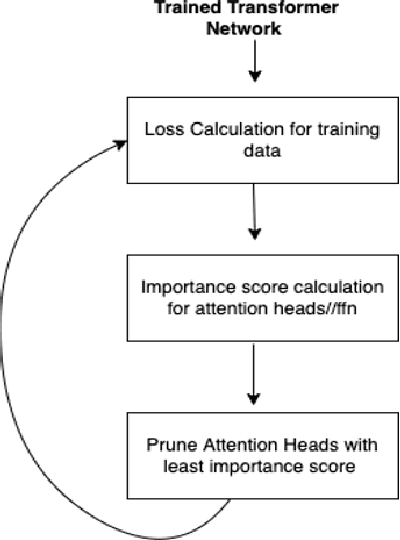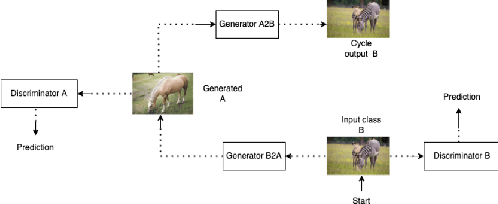Ryan Armstrong
Comprehensive Study on Performance Evaluation and Optimization of Model Compression: Bridging Traditional Deep Learning and Large Language Models
Jul 22, 2024



Abstract:Deep learning models have achieved tremendous success in most of the industries in recent years. The evolution of these models has also led to an increase in the model size and energy requirement, making it difficult to deploy in production on low compute devices. An increase in the number of connected devices around the world warrants compressed models that can be easily deployed at the local devices with low compute capacity and power accessibility. A wide range of solutions have been proposed by different researchers to reduce the size and complexity of such models, prominent among them are, Weight Quantization, Parameter Pruning, Network Pruning, low-rank representation, weights sharing, neural architecture search, knowledge distillation etc. In this research work, we investigate the performance impacts on various trained deep learning models, compressed using quantization and pruning techniques. We implemented both, quantization and pruning, compression techniques on popular deep learning models used in the image classification, object detection, language models and generative models-based problem statements. We also explored performance of various large language models (LLMs) after quantization and low rank adaptation. We used the standard evaluation metrics (model's size, accuracy, and inference time) for all the related problem statements and concluded this paper by discussing the challenges and future work.
Super Resolution Convolutional Neural Network Models for Enhancing Resolution of Rock Micro-CT Images
Apr 16, 2019



Abstract:Single Image Super Resolution (SISR) techniques based on Super Resolution Convolutional Neural Networks (SRCNN) are applied to micro-computed tomography ({\mu}CT) images of sandstone and carbonate rocks. Digital rock imaging is limited by the capability of the scanning device resulting in trade-offs between resolution and field of view, and super resolution methods tested in this study aim to compensate for these limits. SRCNN models SR-Resnet, Enhanced Deep SR (EDSR), and Wide-Activation Deep SR (WDSR) are used on the Digital Rock Super Resolution 1 (DRSRD1) Dataset of 4x downsampled images, comprising of 2000 high resolution (800x800) raw micro-CT images of Bentheimer sandstone and Estaillades carbonate. The trained models are applied to the validation and test data within the dataset and show a 3-5 dB rise in image quality compared to bicubic interpolation, with all tested models performing within a 0.1 dB range. Difference maps indicate that edge sharpness is completely recovered in images within the scope of the trained model, with only high frequency noise related detail loss. We find that aside from generation of high-resolution images, a beneficial side effect of super resolution methods applied to synthetically downgraded images is the removal of image noise while recovering edgewise sharpness which is beneficial for the segmentation process. The model is also tested against real low-resolution images of Bentheimer rock with image augmentation to account for natural noise and blur. The SRCNN method is shown to act as a preconditioner for image segmentation under these circumstances which naturally leads to further future development and training of models that segment an image directly. Image restoration by SRCNN on the rock images is of significantly higher quality than traditional methods and suggests SRCNN methods are a viable processing step in a digital rock workflow.
 Add to Chrome
Add to Chrome Add to Firefox
Add to Firefox Add to Edge
Add to Edge